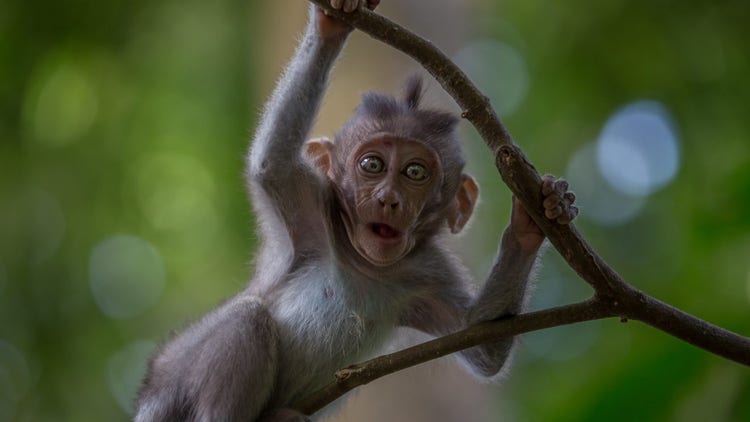
On Tuesday (June 21), photos surfaced from a crime scene in Texcaltitlán, Mexico. In the images, authorities could see the aftermath of a shootout that left 11 alleged cartel members dead. A spider monkey wearing a diaper and bulletproof vest was pictured. The animal, who also had a miniature camouflage jacket over its protective armor, was found lying on top of a deceased man presumed to be its owner.
Mexico state authorities confirmed the photos were authentic but did not say whether or not the monkey’s cause of death was related to the shooting. Prosecutors released a statement saying, “A primate was killed at the scene, which was presumably owned by a criminal who was also killed at the scene.” They continued, “An autopsy will be carried out on the animal by a veterinarian specialized in the species.” Surviving cartel members involved in the shooting could face animal trafficking charges.
Following Tuesday’s discovery, yesterday (June 22), the attorney general for environmental protection revealed a tiger was seized in the Mexican city of Tecuala. The same cartel is known to occupy the area where the ferocious feline was found. Officials recovered the illegal animal after receiving “reports about a Bengal tiger that was wandering the streets of Tecuala.”
The roaming big cat’s presence was made known after a viral video showed the animal freely walking the streets of a residential neighborhood during the day. “A Bengal Tiger roaming around town and then gets taken home without any resistance,” a tweet accompanied with footage read. Sources say the tiger’s fangs and claws were previously removed.
Michoacán officials shared that over the weekend, a man was mauled by a different tiger. He was taken to a hospital but did not survive his injuries. Security analyst David Saucedo said members of organized crime tend to keep exotic animals as a symbol of status and power.
“Mexican drug traffickers copied from the narcos of the Medellin cartel the custom of acquiring exotic animals and setting up private zoos. According to the code of the drug trafficking aristocracy, having a private zoo was a prerequisite for being part of the circle of big-time drug traffickers,” Saucedo said. He added, “Some drug cartel capos, like Zetas leader Heriberto Lazcano, acquired exotic animals to torture or disappear their victims.”